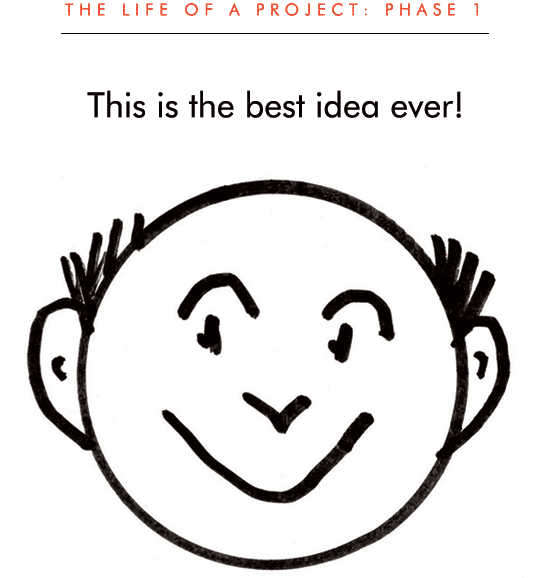How Much Space Do We Really Need?

A team at the Harvard Innovation Lab undertook a project to reveal how desktops have evolved since the first personal computer appeared 35 years ago. Photographed by dougthomsen.tv and engineered by anton georgiev, the video version below shows how office necessities (e.g., Rolodex, reference books, hand-held calculators) have gone from the actual to the virtual, from physical objects to digital apps. The video, as seen on Designboom.com, is a fascinating look at how technology has transformed office tasks. It also suggests that offices of the future should be redesigned accordingly. Corporations once filled vast high rises with thousands of employees, hundreds of file cabinets and office equipment, and rows of clerical help to handle all kinds of paperwork. Today “offices” are essentially portable. Workers don’t have to be tethered to their desks. They can stuff their laptop and mobile phone in their backpacks and set up shop anywhere. So, what is the purpose of gathering employees into a single workspace? What kind of furniture and equipment will make workers more productive and more collaborative? With so many documents stored in the clouds instead of in metal file cabinets, can the physical office layout be sized to take up less square footage? It’s time to occupy no more space than we really need.
For the original, click to the producers, Bestreviews.com.


